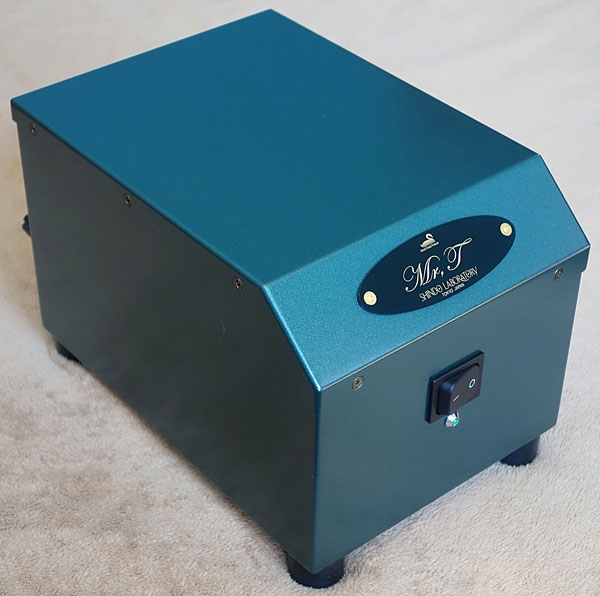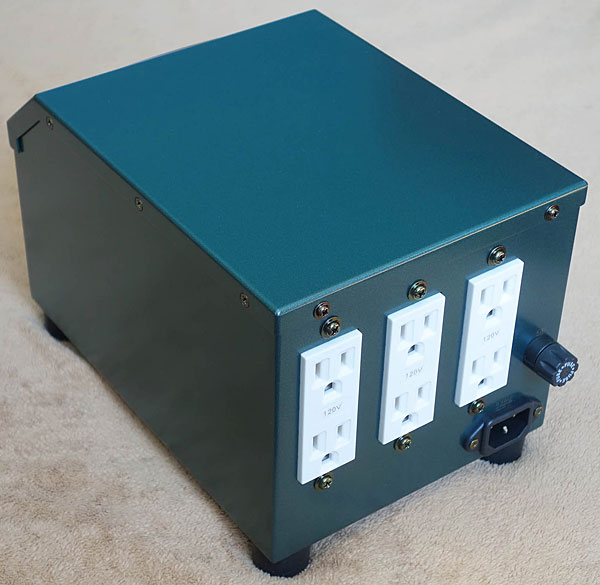| Columns Retired Columns & Blogs |
... the Mr. T and a more prosaic industrial-grade device, such as the Tripp Lite Isolator IS1000:
https://www.tripplite.com/isolator-series-120v-1000w-isolation-transformer-based-power-conditioner-4-outlets~IS1000
The Tripp Lite unit is available for about one-tenth the price of the Shindo product:
http://www.provantage.com/tripp-lite-is1000~7TRPC00H.htm
If that's too cheap, there's an 1800W "medical grade" version available that is still about one-third the price of the Shindo:
https://www.tripplite.com/isolator-series-120v-1800w-ul60601-1-medical-grade-isolation-transformer-6-hospital-grade-outlets~IS1800HG
Have the Amazon drone drop one off at your house:
https://www.amazon.com/Tripp-Lite-IS1800HG-Isolation-Transformer/dp/B00008N6S7













































